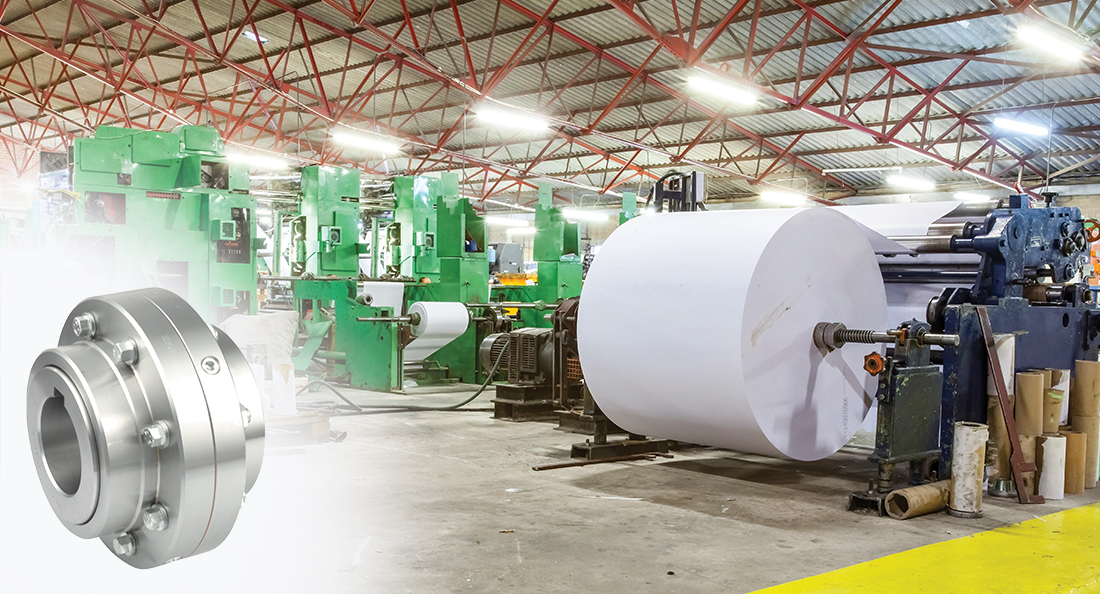The paper and board industry is a vital sector in the global economy, providing a wide range of products used in daily life, from packaging materials to writing paper. However, the industry faces several challenges, including increased competition from digital media and the need for sustainable practices to reduce environmental impact. To mitigate these issues, reliability engineers play a vital role in ensuring the industry’s continued success by reducing downtime, increasing equipment efficiency, and extending the lifespan of critical equipment.
“Our key role is to reduce downtime for the equipment and give all the components the best chance of surviving to the design life or next maintenance period,” says Daniel McEvoy, one of Motion’s Reliability Engineers. “With paper mills, they need to run a 24/7 operation, so the equipment often works under extreme measures to keep up with product rates.”
A reliability engineers’ work involves ensuring that regular maintenance tasks are carried out, such as lubrication, inspection, and cleaning of equipment, to prevent breakdowns and reduce costly downtime. They also use predictive maintenance techniques such as vibration analysis, thermal imaging, and oil analysis to identify potential issues before they occur and take necessary corrective actions to prevent unplanned downtime.
“A common issue we deal with in the paper and board industry is the misalignment of pumps, which unfortunately is often out of the operators control due to the nature of the environment the pumps operate within,” says Daniel.
Pumps within the paper and board industry are used in a variety of different ways. Pumps act as critical applications that are involved in moving fluids and maintaining the temperature and pressure of mill systems. The misalignment of pumps can be caused by wear on rotating components such as bearings, coupling seals and even impellers, which can cause premature failure and excessive wear on the pump components.
“In some cases, the mill operators may find it to be more beneficial to perform the alignment process than replacing the pump, that’s where we come in,” says Daniel. “For example, we had a case with a regional Brisbane paper mill where we assisted the customer during a major shut down, while their staff were busy carrying out other planned maintenance for the shut. The motion engineers were contracted to come in and carry out the precision alignment service on the critical equipment. This allowed the site staff to focus on the maintenance and repair.”
Performing critical pump alignments during these shutdown days, can significantly reduce downtime and improve the equipment’s chances of surviving until the next maintenance period.
“This is where a lot of paper mills get reliability engineers to come in as contractors to perform the necessary maintenance and mediation work to ensure optimal equipment performance, all year round,” says Daniel.
The paper and board industry rely heavily on reliable equipment and efficient operations to remain competitive in a rapidly changing global marketplace. Reliability engineers like Daniel, play a critical role in ensuring the industry’s continued success by reducing downtime, increasing efficiency, and extending the lifespan of critical equipment.
By employing advanced technologies and best practices, Motion’s reliability engineers can help the industry overcome challenges and remain sustainable and competitive in the years to come.
References
- 2016 National Pulp & Paper Sustainability Report – https://ausfpa.com.au/wp-content/uploads/2017/09/AFPA-Sust-Report_vF.pdf


